
We kindly inform you that, as long as the subject affiliation of our 300.000+ articles is in progress, you might get unsufficient or no results on your third level or second level search. In this case, please broaden your search criteria.

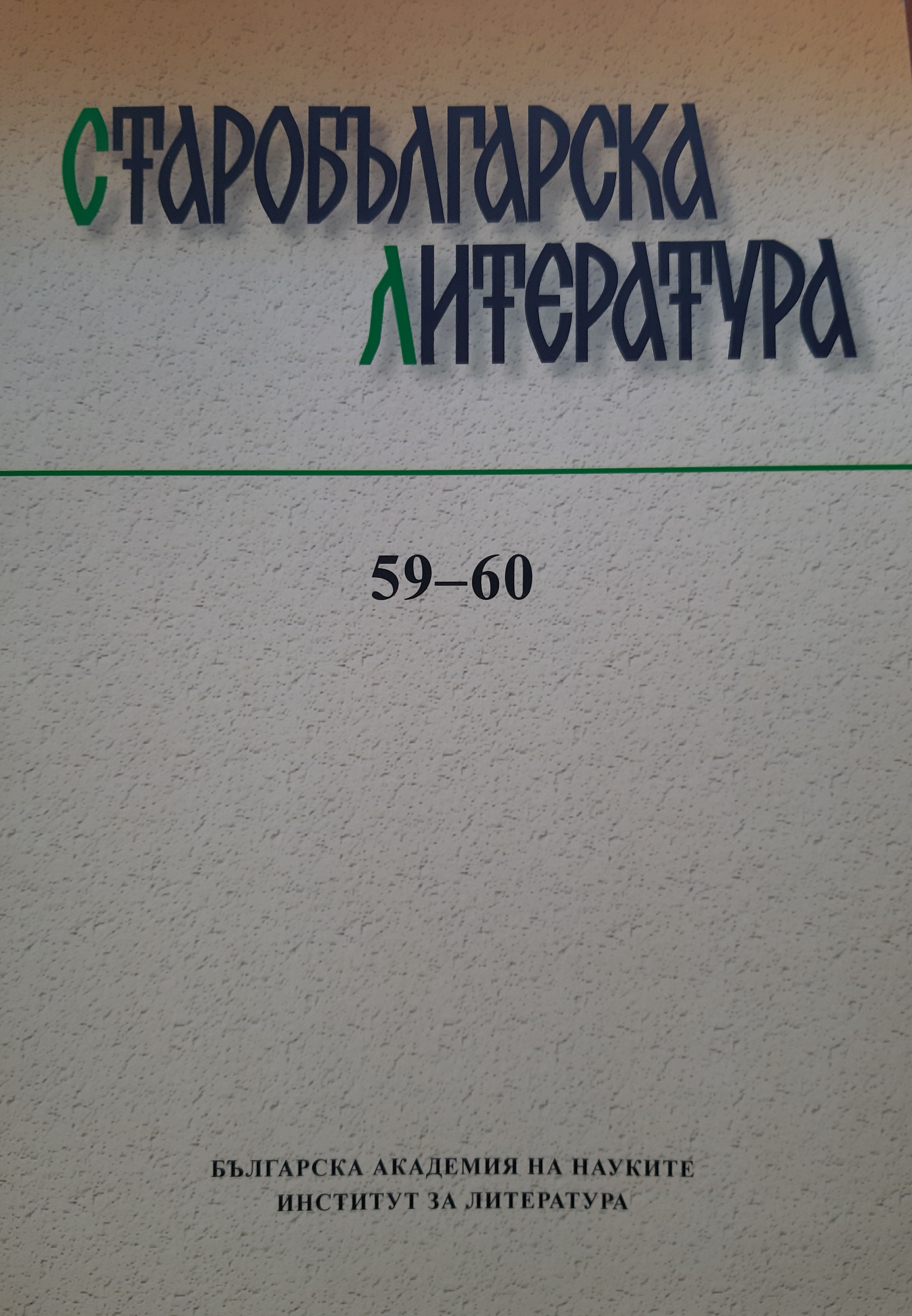
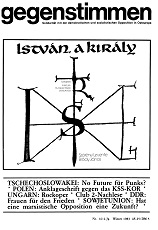
1976 zerstörten der Schauprozeß und das Urteil gegen die »Plastic People of the Universe« die tschechoslowakische Untergrund-Rockszene. Die Massenmedien widmeten dem Verfahren beträchtliche Aufmerksamkeit und die Ausschaltung der Gruppewar von großer Bedeutung für die Politik der »Normalisierung« . Nicht etwa deshalb, weil die Band jemals eine ernsthafteBedrohung des Regimes dargestellt hätte, sondern weil diealternative Rockmusik-Szene potentiell ein großer Anziehungspol und ein fruchtbarer Boden für unorthodoxe Ideen und Haltungen innerhalb jener entscheidenden sozialen Gruppierung hätte werden können, die den »Normalisieren« so amHerzen lag — der Jugend
More...
This study focuses on the early stage of formation of the legal and institutional framework, as well as on the beginnings of the registration, conservation, and restoration of historical monuments in the Old Kingdom of Romania. These topics started to be investigated in the second half of the 20th century and more recently, especially during the last two decades, the focus switched to the actors – either architects or self-taught, with or without specialized education, foreigners or locals – who, starting with the mid-19th century, gave meaning to the transition towards modernity of patrimonial practices. The current research does not aim to revise the topic, but to offer an overview, emphasising the most important contributions of those who have shaped an important chapter of modern architectural culture in Romania.
More...
The participation in the restoration of the ruins of Trajan’s Bridge in Drobeta-Turnu Severin offered the opportunity of a thorough knowledge with multiple bearings of a monument, whose restoration involved complex works. The article is divided in three main parts. First, it reviews the historical information on the monument, its evolution, and the previous interventions on it. Second, it presents the bridge’s details of construction and technique, some of which were previously unknown and were facilitated by the direct knowledge of the monument. Finally, it offers an overview of the conservation state, degradation phenomena, and restoration works that were undertaken for the purpose of recovering the initial materials and for conserving, restoring, and highlighting the bridge’s ruins.
More...
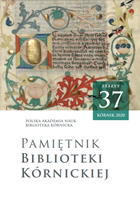
Artykuł Katarzyny Janickiej ukazał się niemal równocześnie z drugim, poszerzonym wydaniem mojej monografi i pt. Zamek w Kórniku z 1998 roku (dalej cyt. RK Mon. 1 i RK Mon. 2). Wbrew tytułowi artykułu Janicka nie przedstawiła propozycji rekonstrukcji zamku Stanisława Górki, ale własną wizję kórnickiej rezydencji Górki w II poł. XVI wieku, która mimo że nie została oparta na nieznanych dotąd przekazach materialnych czy historycznych, podana została jako ustalenia niepodlegające dyskusji. Podstawę owej wizji stanowi całkowite zanegowanie przez Janicką przedstawionej przeze mnie historii kórnickiego zamku w XV–XVIII wieku. Dość chaotyczna narracja artykułu, wykazująca przy tym braki podstawowego warsztatu badacza architektury, nierzetelne przytaczanie ustaleń przywoływanych autorów oraz pomijanie niewygodnych dla postawionej tezy faktów czy źródeł zmuszają mnie – jako autorkę monografi i zamku – do ich inkryminacji. Najistotniejsze kwestie omówię, przytaczając fragmenty artykułu Janickiej in extenso.
More...
Odpowiedź na tekst pani Kąsinowskiej rozpocznę od zauważenia, że jego celem nie jest merytoryczna dyskusja na temat architektury zamku kórnickiego, a jedynie zakwestionowanie – w całości – alternatywnej propozycji, nieakceptowanej przez urażoną Autorkę monografi i. Już na wstępie czytelnik dowiaduje się, że nie posiadam podstawowego warsztatu badacza architektury, a w swoim artykule przedstawiłam nie tyle propozycję, co „własną wizję kórnickiej rezydencji Górki”, której podstawę stanowi całkowite zanegowanie historii zamku kórnickiego w XV–XVIII wieku, przedstawionej przez Autorkę. Określa ona swój tekst jako polemikę, z czym, biorąc pod uwagę sposób budowania narracji opartej na ataku personalnym, a nie rzeczowych argumentach, trudno się zgodzić. Nie jest on także recenzją ani głosem w dyskusji, mamy raczej do czynienia ze zbiorem krytycznych, a przy tym lakonicznych komentarzy odnoszących się do wybranych fragmentów mojego artykułu. Można przy tym odnieść wrażenie, że Autorka ustosunkowuje się, przede wszystkim, do tych obszarów, które są jej dobrze znane, inne intuicyjnie neguje, jeszcze inne – co symptomatyczne dla całej narracji – pozostawia bez komentarza.
More...
The essay presents the biographical and scientific profile of Sante Graciotti, one of the greatest Slavists of the last seventy years and for many years editor in chief of “Ricerche slavistiche”. The author retraces the development of Graciotti’s university career and outlines the main themes that interested the scholar, stressing his incessant effort towards the recovery of the idea of a Slavia equally receptive to the treasures of the East and West of Europe. The essay is accompanied by a complete bibliography of Sante Graciotti’s publications in “Ricerche slavistiche” and a survey of particularly memorable and inspirational quotations taken from his essays.
More...
The author discusses articles published in “Ricerche slavistiche” from 1952 to 2021 pertaining the field of Slavic Linguistics, so she does not take into consideration the numerous papers devoted to philology and ecdotics. Firstly, she presents essays on lexicon and language variety (§ 1) within the various Slavic languages, then she considers those essays that are more clearly devoted to morphosyntactic phenomena (§ 2). She pays special attention to the evolution of approaches, methods and themes, together with elements of the Italian and international context helping to understand the role of “Ricerche slavistiche” in the spread and development of Linguistics in Italian Slavic studies during the seventy years of the journal’s activity.
More...
Z filozoficzną przenikliwością Dietrich von Hildebrandt kiedyś ostrzegał, że jedną z najbardziej złowieszczych cech obecnej epoki jest niewątpliwie detronizacja prawdy. Od czasów, w których żył w latach czterdziestych, poprzez kolejne dekady, dostrzegał, że pewne siły społeczne, polityczne i kulturowe podsycają negację obiektywnej prawdy. Hildebrandt zajmował się głównie nazizmem, socjalizmem i komunizmem, ale jego ostrzeżenia z pewnością mają zastosowanie do ruchów powstałych po jego śmierci w 1977 roku, takich jak postmodernizm, polityczna poprawność, kultura unieważniania i kultura świadomości, aktywności, uważności na ważne fakty i kwestie społeczne (zwłaszcza kwestie sprawiedliwości rasowej i społecznej) – tzw. „WOKE CULTURE”.
More...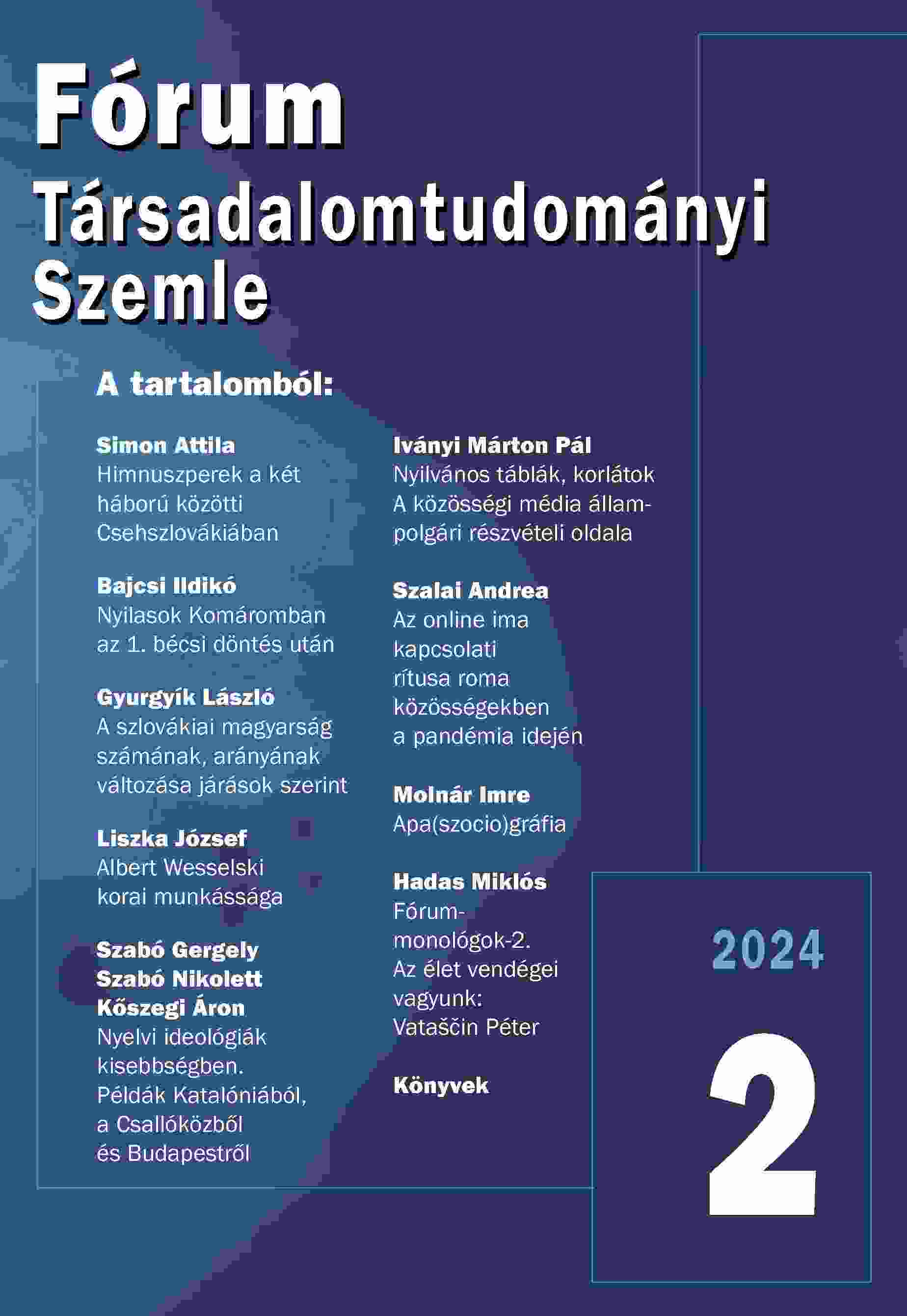
The article "Nyitva maradt egy ajtó" by Molnár Imre reflects on the life and struggles of the author's father, who lived through significant historical and political changes in Central Europe. It recounts his experiences from the early days of socialism, through the hardships of World War II, and the subsequent communist regime. The narrative highlights the impact of these events on his family, their livelihood, and the broader community. The father's life was marked by forced labor, displacement, and the constant struggle for survival. Despite these challenges, he remained resilient, working in various industries and contributing to the development of infrastructure in Slovakia. The story also touches on the emotional and physical toll these experiences took on him and his family. Ultimately, it is a poignant reflection on the sacrifices made by a generation caught in the turmoil of 20th-century Europe.
More...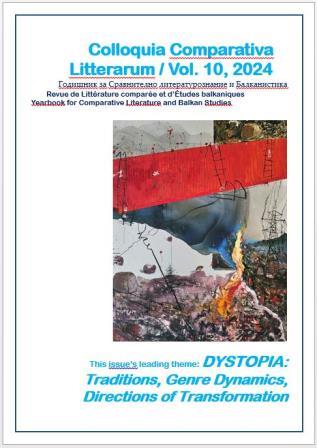
The essay presents two ideas. First, the philosophical-aesthetic category of the dystopian-utopian is the basis of the literary-philosophical genre of dystopia-utopia in classical socio-political works. And second, it outlines some features of the genres dystopia-utopia and dystopia. The first idea is derived from European critical philosophy. The second is based on Plato, mostly on the Republic, a work that serves as a starting point for the analysis of the dystopia-utopia and dystopia genres. Classical and more recent works, some of which have not been examined as dystopia-utopia, illustrate these theoretical ideas. The essay pays particular attention to the novels Resurrection by Tolstoy and Bend Sinister by Nabokov.
More...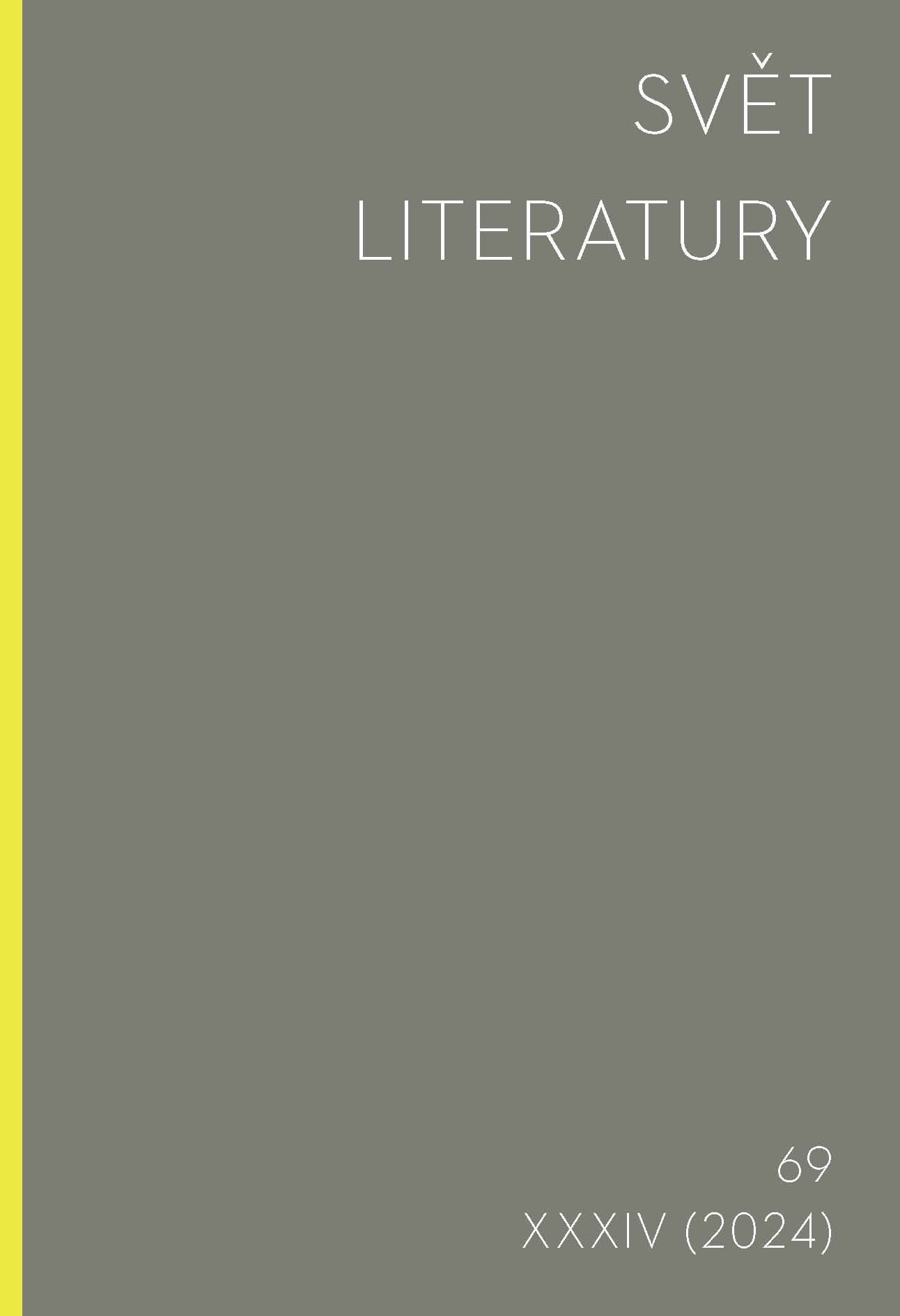
The article by Pascal Mougin, a French literary scholar, delves into the concept of "conceptual literature" within the broader context of the relationship between literature and contemporary art. Mougin contrasts the modernist focus on form and autonomy with the contemporary shift towards intermediality and conceptualism. He discusses the influence of American art critic Clement Greenberg and the evolution of artistic practices from the 1960s onwards. Mougin identifies four pathways for conceptual literature, examining its connections to modernist and contemporary paradigms. He critiques the notion of "literature with constraints" and explores the integration of conceptual art principles into literary texts. The article highlights the unique synthesis of appropriation and constraint in contemporary conceptual writing, emphasizing its departure from traditional literary values. Mougin's work underscores the nuanced and multifaceted nature of conceptual literature, advocating for a critical examination of its various manifestations.
More...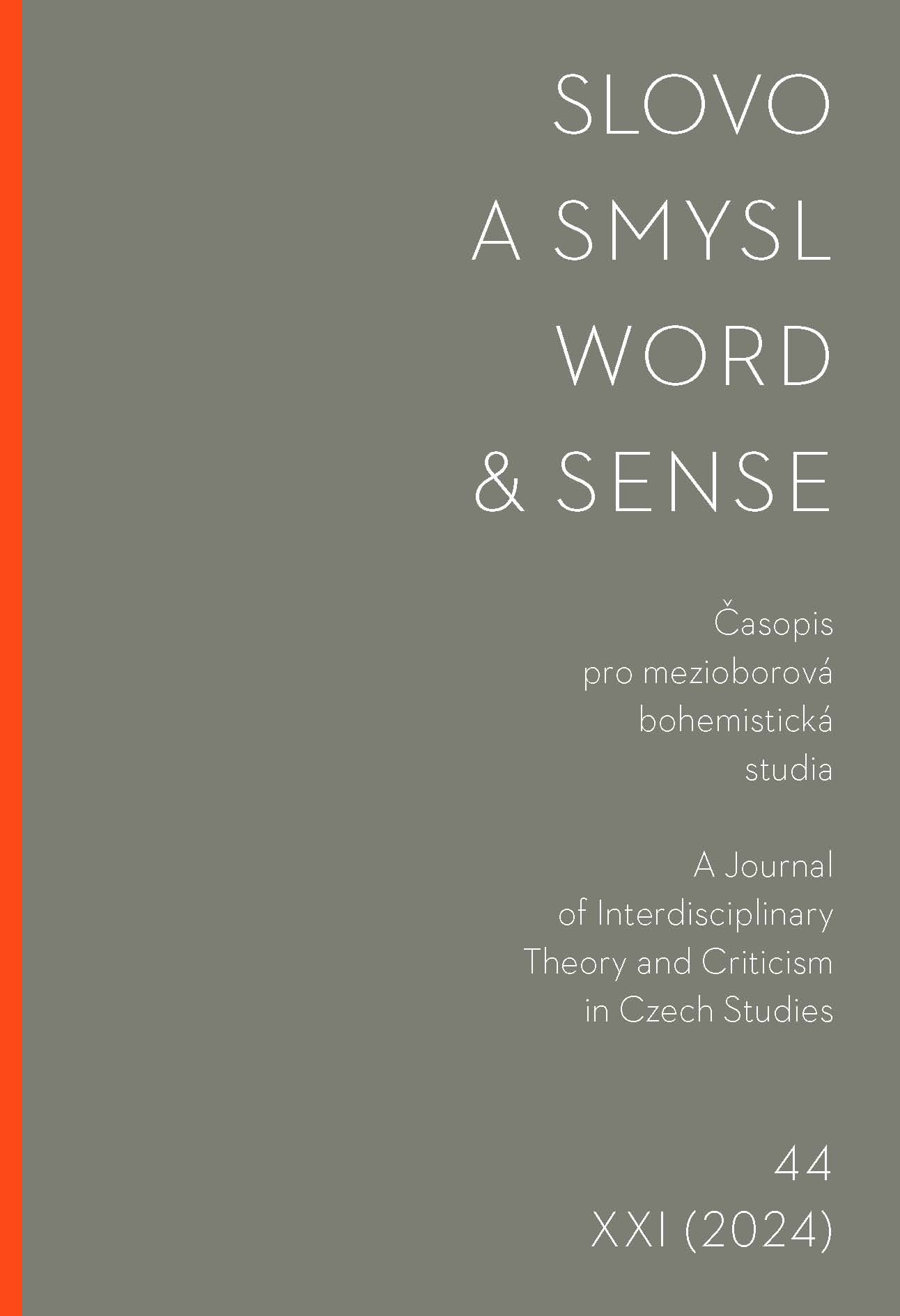
Václav Řezáč is primarily known for his novels, but in the late 1920s and early 1930s, he made his mark with poems, short stories, and theater criticism published in magazines like Český svět, Eva, and Svět ve filmu a obrazech. His critical reviews, often signed with the initials –vč– or vč., showcased his broad cultural insight and were complemented by notes on current theatrical events. These reviews provided comprehensive evaluations of contemporary staging practices, considering dramaturgical choices, artistic direction, and the interplay of various theatrical elements. Writing his own works took Řezáč some time, and his criticism helped him clarify his artistic criteria, reflecting on societal and political events between the world wars. His theater criticism offers a significant glimpse into his aesthetic and ideological views, which have been partially documented by previous literature but not systematically. This bibliography compiles Řezáč's contributions, particularly his theater reviews, from 1928 to 1934, providing a foundation for further research in interwar literature and theater history.
More...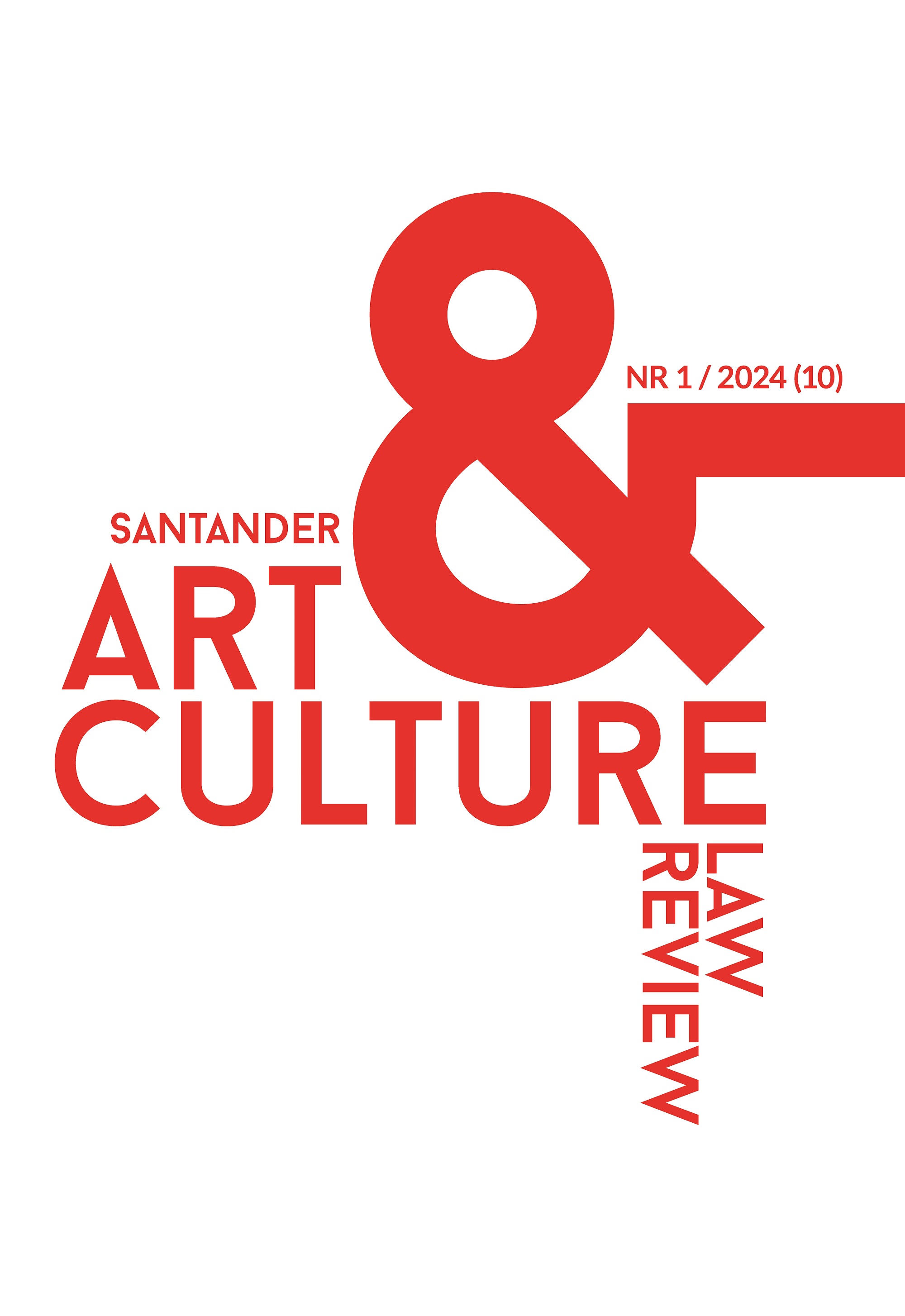
Spacerując ulicami miast zdobionych zabytkowymi budynkami, czytając dzieła przodków, w których zawarte są dzieje świata i ludzkości, przestrzegając dawnych obyczajów, które na trwałe zagnieździły się w naszej kulturze, lub korzystając z technologicznych skarbów, które przez wieki ułatwiały ludziom życie, możemy dostrzec, że codziennie mamy do czynienia z dziedzictwem kulturowym. Co za tym idzie – wpływa ono na nas wszystkich, ubarwiając naszą przestrzeń, pomagając nam zrozumieć myślenie poprzednich pokoleń, a także polepszając jakość życia. Scheda pozostawiona nam przez naszych przodków nie jest niczyją własnością ze względu na jej ponadczasowy charakter. Pokazuje to, że poprzez swój wpływ na funkcjonowanie współczesnych ludzi, pomimo upływających lat dziedzictwo kulturowe jest naszym wspólnym dobrem – i w pełni się z tym zgadzam.
More...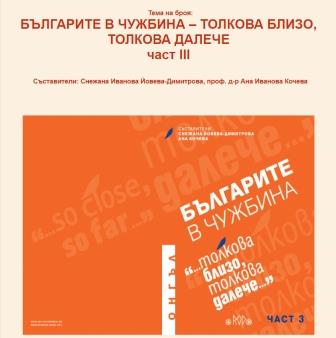
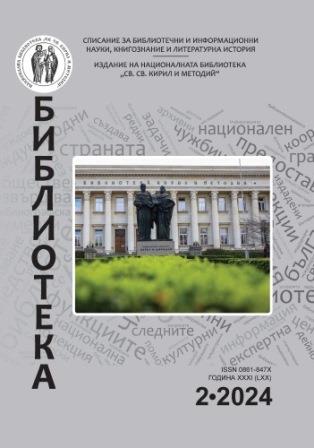
The cartographic collection of the „St. St. Cyril and Methodius” National Library is a rich source for studying the history, geography and ethnography of our country, the Balkan Peninsula, Europe and other continents.The oldest editions in the collection date from the 16th century.
More...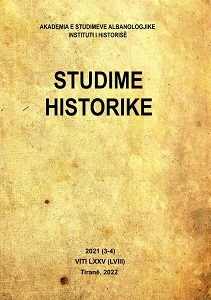
Në gjysmën e dytë të shek. XIX, në dokumente të ndryshme të diplomacisë europiane të kohës, e posaçërisht asaj austro-hungareze, gjendet një informacion me vlerë për situatën demografike, etnike, fetare, por edhe sociale, ekonomike, kulturore etj., të Ballkanit osman e në kuadër të saj edhe për botën shqiptare. Aty kemi gjetur të dhëna edhe për numrin, përbërjen etnike dhe besimet fetare të popullsisë së sanxhaqeve ose vilajeteve të quajtura shqiptare, gjithashtu për tiparet e banorëve, të çdo kombësie, për gjendjen e tyre ekonomike, sociale, kulturore etj. Interesimi i posaçëm i Perandorisë Habsburge për rajonin e Ballkanit, në konkurrencë veçanërisht të ashpër me Perandorinë Ruse, për pasojë ngritja e dendur e konsullatave në territorin e Ballkanit osman, kualifikimi përgjithësisht i lartë i personelit të tyre dhe, po kështu, burimet mjaft të besueshme zyrtare e jozyrtare të informacionit që ato siguronin, janë tregues për të krijuar bindjen se të dhënat arkivore të diplomacisë vjeneze të kësaj periudhe meritojnë vlerësim serioz dhe janë për t’u marrë në konsideratë
More...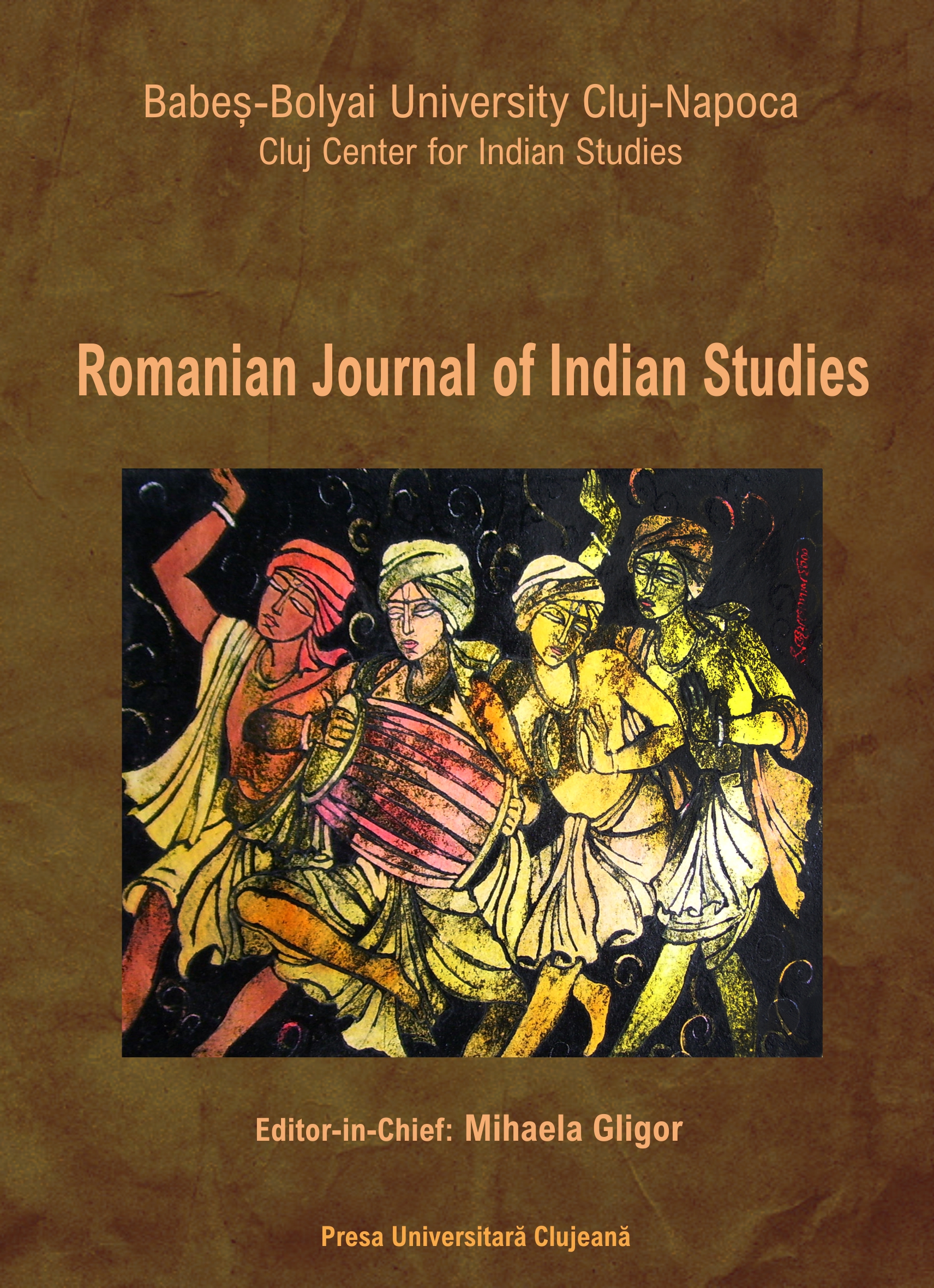
Aparently a story for children, Shalome Rides a Royal Elephant – written and illustrated by Jael Silliman, an author, scholar, and women’s rights activist, a tenured Associate Professor at the University of Iowa who has written extensively about the Baghdadi Jewish community to which she belongs – tells the story of the first Jews of Calcutta.
More...